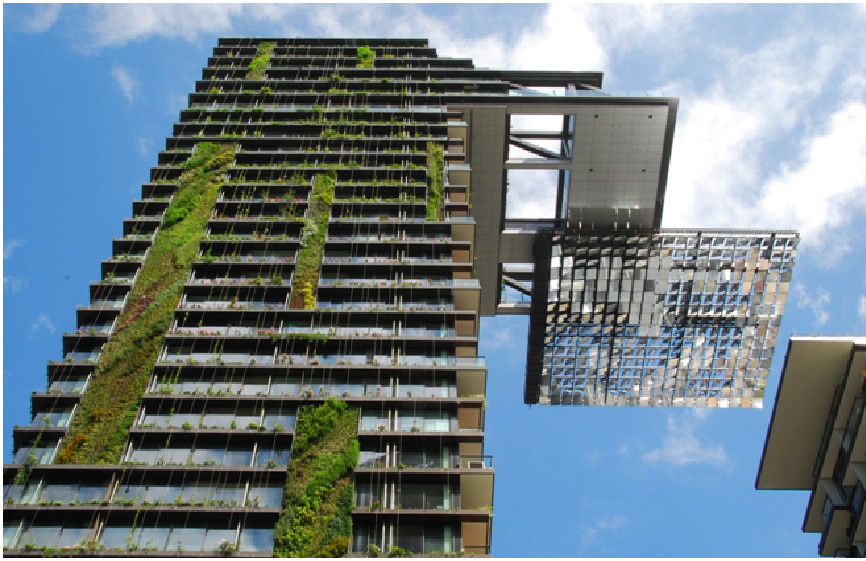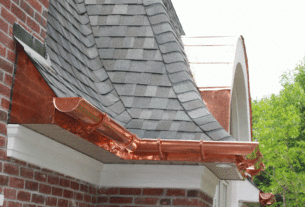One of the innovative green building concepts is the idea of sustainable architecture. It simply means using environmentally friendly technologies and materials in the field of architecture. Green building and sustainable living practices aim to produce as little waste as possible. Sustainable architecture also promotes clean and renewable energy, using building materials that do not harm the earth’s environment.
To be efficiently energy-efficient, a building must have excellent insulation.
When it comes to using renewable energy, solar panels can capture energy from the sun. Solar energy can be used to provide energy to a home or buildings. Air source heat pumps absorb heat from the cold outside air and distribute it inside a building or home. They work like air conditioners in the opposite direction. On the other hand, ground source heat pumps can also use the earth’s heat to provide heat to a home or building.
When it comes to sustainable architecture, proponents and experts recommend some sustainable materials such as coconut, concrete, harvested timber, stone, bamboo, linoleum, sheep’s wool, clay, cork, vermiculite, straw, and other naturally occurring items. One of the essential components of sustainable architecture is recycled materials such as glass, wood, and denim. You can also reuse recycled doors, windows, floors, and other architectural components to create a sustainable structure. In addition to this, cellulose insulation, boric acid treated wood, and organic or milk based paints are used to complete the green building.
Sustainable architecture applies sustainable design techniques to architecture. This applies to green buildings, buildings designed with environmental goals in mind. Sustainable architecture focuses on energy efficiency, including an economical overall system that uses the most efficient heating and cooling systems and general ventilation. Particular attention is also paid to construction methods with good insulation.
The emphasis does not compromise style and design on efficiency and energy conservation in sustainable architecture. Indeed, sustainable architecture places great emphasis on innovation at all levels, including design and style. Many sustainable buildings are known to attract attention and impress with their appearance. Sustainable innovation goes far beyond industry technology. Sustainable architecture focuses on on-site waste management, including “waste water” systems for use in planters and “composting toilets” to reduce waste water. These methods, especially when combined with on-site composting of food waste and off-site recycling, can reduce household waste to a small amount of packaging waste.
Another essential component of sustainable architecture is waste management. Green building advocates are demanding that construction companies design and build their structures in an environmentally friendly manner. The focus is on on-site waste management, especially solid waste, construction waste, and all by-products of the construction process.
Summary
Eco-friendly construction takes into account composting and recycling. This is also done to ensure that the health of people working on the site and in the surrounding communities is protected from all harmful effects of waste.



